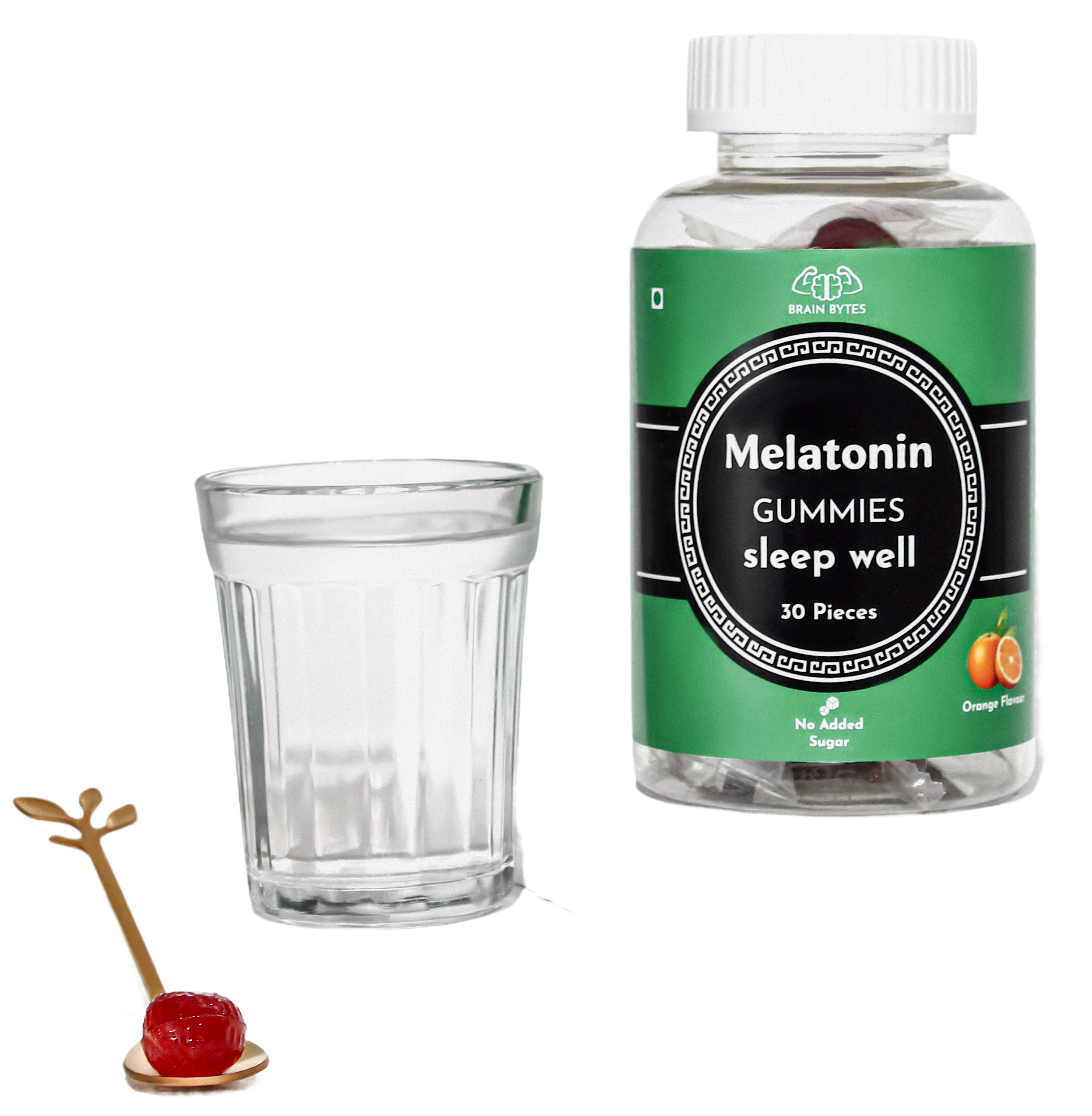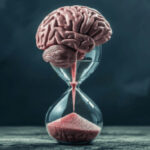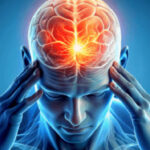
Strokes are a leading cause of disability and death worldwide. While stroke management and stroke treatment have advanced significantly, preventing a stroke in the first place is always preferable. This blog explores the various lifestyle changes and medical interventions that can help reduce the risk of stroke. We will discuss how adopting healthier habits and leveraging medical treatments can work together to provide comprehensive stroke care and prevention.
Understanding Stroke
A stroke occurs when the blood supply to a part of the brain is interrupted or reduced, preventing brain tissue from receiving the oxygen and nutrients it needs. Brain cells begin to die within minutes, making prompt stroke treatment essential.
There are two main types of strokes: ischemic stroke, caused by blockages in the blood vessels supplying the brain, and hemorrhagic stroke, caused by bleeding in or around the brain. Effective stroke management requires immediate medical attention and, often, long-term stroke therapy and rehabilitation.
Lifestyle Changes for Stroke Prevention
Healthy Diet
One of the most effective ways to prevent stroke is by maintaining a healthy diet. A diet rich in fruits, vegetables, whole grains, and lean proteins can help manage weight, blood pressure, and cholesterol levels, all of which are crucial for stroke prevention. Reducing the intake of salt, sugar, and unhealthy fats is also important. A balanced diet supports overall cardiovascular health, reducing the risk of conditions that can lead to a stroke.
Regular Exercise
Regular exercise helps control weight, lowers blood pressure, improves cholesterol levels, and enhances overall cardiovascular health. Aim for at least 150 minutes of moderate-intensity aerobic exercise, such as brisk walking or cycling, each week. Incorporating strength training exercises can also provide additional health benefits.
Quitting Smoking
Smoking is a major risk factor for stroke. The chemicals in tobacco smoke damage the blood vessels and heart, increasing the likelihood of blood clots and strokes. Quitting smoking is one of the most effective ways to reduce the risk of stroke. There are many resources available, including smoking cessation programs, nicotine replacement therapies, and medications, to help individuals quit smoking.
Limiting Alcohol Intake
Excessive alcohol consumption can increase blood pressure and contribute to the development of stroke. Limiting alcohol intake to moderate levels—up to one drink per day for women and up to two drinks per day for men—can help reduce this risk. Drinking in moderation is key to maintaining good health and preventing stroke.
Managing Chronic Conditions
Chronic conditions such as hypertension, diabetes, and high cholesterol can pose a higher risk of stroke. Regular monitoring and adherence to treatment plans can help control these conditions and reduce the risk. Lifestyle changes, combined with stroke medication as prescribed, can effectively manage these risk factors.

Medical Interventions for Stroke Prevention
Stroke Medication
In addition to lifestyle changes, certain medications can help prevent strokes. These medications are often prescribed to manage risk factors such as high blood pressure, high cholesterol, and atrial fibrillation. Common stroke medications include:
- Antihypertensives: Medications to lower blood pressure.
- Statins: Drugs that lower cholesterol levels.
- Anticoagulants and Antiplatelets: Medications that prevent blood clots.
It is essential to follow the prescribed medication regimen and attend regular check-ups to ensure effective stroke management.
Mild Stroke Treatment
Even mild strokes, often referred to as transient ischemic attacks (TIAs) or “mini-strokes,” require medical attention. TIAs are temporary episodes of stroke symptoms that do not cause permanent damage but serve as a warning sign of a potential future stroke. Mild stroke treatment typically includes medications to prevent blood clots and lifestyle modifications to address risk factors.
Brain Stroke Treatment
For those who have experienced a brain stroke, prompt and effective treatment is crucial. Brain stroke treatment for ischemic strokes may include thrombolytic therapy, which involves administering clot-busting drugs to restore blood flow to the brain.
For hemorrhagic strokes, treatment focuses on controlling bleeding and reducing pressure in the brain. Surgery may be necessary in some cases to repair damaged blood vessels or remove blood clots.
Stroke Therapy and Rehabilitation
Stroke therapy and rehabilitation are essential components of stroke care. After the initial stroke treatment, rehabilitation helps patients regain their independence and improve their quality of life. Rehabilitation programs typically include physical therapy, occupational therapy, speech therapy, and psychological support. Stroke rehabilitation centers provide specialized care and support for stroke survivors, helping them recover as fully as possible.
Stroke Rehabilitation Center
A stroke rehabilitation center offers comprehensive care for stroke survivors. These centers provide a range of therapies tailored to individual needs, including physical therapy to improve movement and strength, occupational therapy to enhance daily living skills, and speech therapy to address communication challenges.
Psychological support is also available to help stroke survivors cope with the emotional and cognitive impacts of a stroke. The goal of stroke rehabilitation centers is to maximize recovery and enable patients to lead fulfilling lives.
Conclusion
Preventing stroke requires a combination of lifestyle changes and medical interventions. Adopting a healthy diet, engaging in regular exercise, quitting smoking, and managing chronic conditions are all crucial steps in reducing the risk of stroke. Additionally, following prescribed stroke medication and seeking prompt treatment for mild strokes can further protect against this serious condition.
For those who have experienced a stroke, stroke therapy and rehabilitation at specialized centers offer hope for recovery and a return to an active, independent life. By prioritizing stroke prevention and management, we can improve our health and reduce the impact of strokes on our lives and communities.





